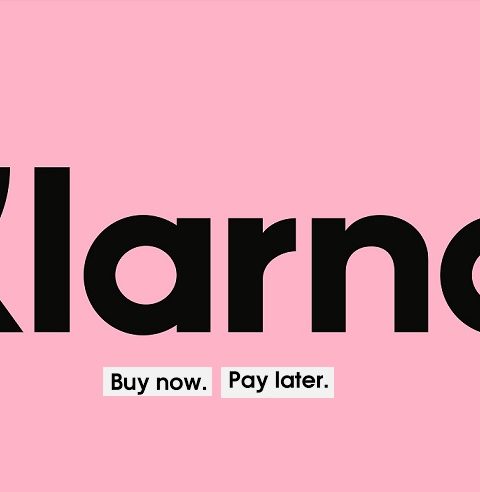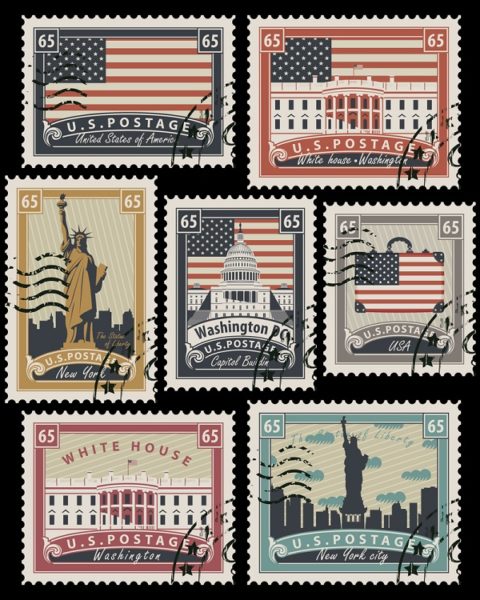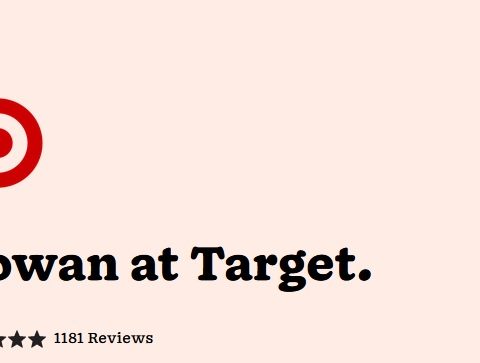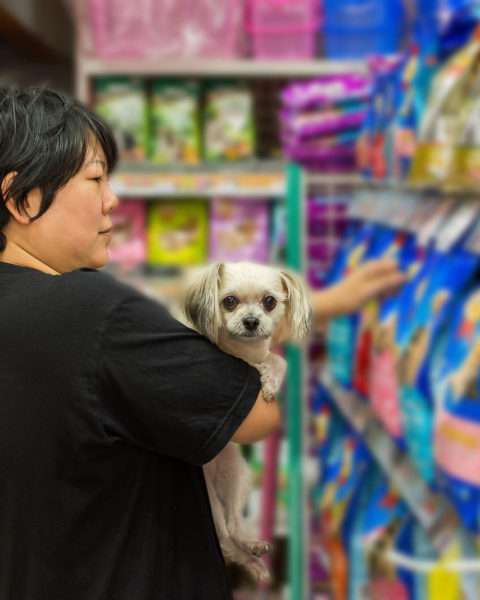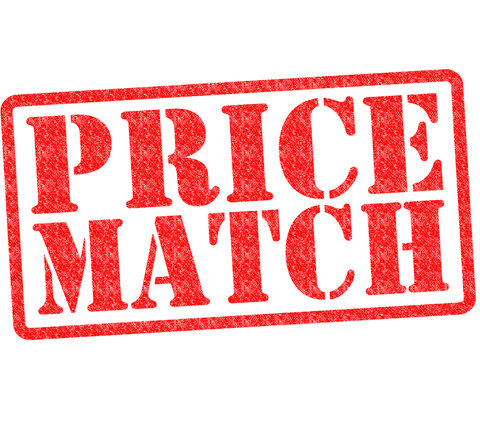Money orders are still a popular and safe means of making payments worldwide. If you’re a Target shopper, you might have some questions about the payment options available.
If you are wondering whether Target does money orders, this article will answer that and provide you with a list of other places to purchase one.
As of April 2022, Target doesn’t accept money orders, nor does the company sell money orders in its stores. You cannot send a money order as payment for any merchandise or service at a Target store. Target also doesn’t accept money orders through its website.
Target is committed to keeping costs low for consumers by not offering products or services that don’t fit into its everyday value model. Money orders are one of those products.
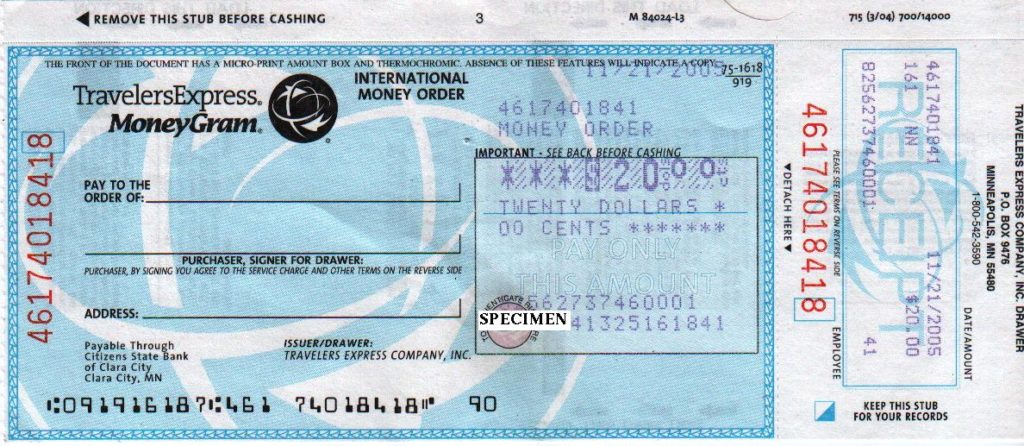
Contents
What is the Best Place to Buy Money Orders?
You can buy money orders with cash, debit cards, or traveler’s checks at different locations. Here’s a list of places where you can purchase a money order.
- Kroger
- Meijer
- Walmart money centers
- Your local bank
- Publix
- Safeway
- US Post Office
- Kmart
- Western Union and Money Gram locations
- 7-Eleven
- CVS Pharmacy
- Rite Aid pharmacies
What Exactly is a Money Order Used For?
A money order is a form of payment just like a check, but instead of having an account connected to your name, it’s prepaid. You can purchase a money order at many locations, including the post office, banks, credit unions, and some grocery stores.
Money orders are appealing because they are prepaid and can’t bounce like personal checks if there are insufficient funds in the account. They also offer another layer of security since you don’t need to give out your bank account information.
How do money orders work?
A money order works like a check. The recipient deposits it just like a check but must endorse it first. The money order will go through as long as you have enough funds in your account.
After buying a money order, keep your receipt until the money order clears, just in case there’s a payment issue. The receipt helps in tracing it if the need arises.
Personal check vs Cashier check vs Money order
Personal check: A personal check is paid from your bank account when you write it. The check is then presented electronically or as a paper at a bank by the person/organization you wrote it to (the payee).
Cashier’s check: You can pay for a cashier’s check with cash or a debit card at a bank. Since the funds are already available to cover it, the recipient knows that it’ll clear when deposited into their account.
However, accepting cashier’s checks can be risky because they can also be counterfeit or stolen. Even with legitimate checks, there can be delays while the recipient’s bank verifies that the issuing bank has enough funds on hand to cover it before clearing it.
Money order: is a financial instrument that you can use to pay bills or make purchases. It is a safer option than a personal check because the funds are already prepaid. A cashier’s check is similar to a money order, but it’s drawn on a bank instead of being pre-printed.
How Much Do Money Orders Cost?
Money orders from the post office are typically cheaper than those from retail stores. But that’s not always the case — supermarkets and pharmacies charge less than the post office and some banks.
For example, banks and credit unions charge a minimum of $5 – $1,000 depending on the money order amount. Other places such as pharmacies and grocery stores are cheaper. You can buy the money order for around $1.
How do you Pay for Money Orders?
To pay for a money order, fill out the form on the front of the document — usually including your name and address — and then sign the back of the document. Then, pay using cash, debit card, or check (if accepted), and you’ll receive your copy of the money order.
Most places that sell money orders accept cash, debit cards, and checks as payment. However, if you’re planning to pay with a check, make sure that the company has this policy before purchasing a money order.
FAQs
Does Target cash money orders?
Target doesn’t cash money orders. If you want to cash your money order, you have many options, such as grocery stores, banks, credit unions, and more.
How do you cancel a money order?
You can cancel a money order in person at the location where you purchased it. To do that, follow these steps.
- Contact the issuer of the money order — by going to the place you bought it
- Fill out the cancellation form with the purchase date, order amount, location, and tracking number. You can find all these details on the money order receipt given at the time of purchase
- Attach a copy of the receipt
- Submit the form and pay the cancellation fee. The US Postal Service charges $6.25 as a cancellation fee. Money Gram charges $18, whereas Western Union charges $15 with a receipt and $30 without a receipt
Do money orders have to be signed when purchasing?
A money order has to be signed when you purchase it. You’ll be asked for your name and address when you buy the money order, and you’ll need to sign the receipt.
How do you spot a fake money order?
To spot a fake money order, check the following
- Check amount – Money orders usually come in amounts of up to $1,000 or less, but some counterfeit ones have had amounts amounting to thousands of dollars
- The money order should have two imprints of the amount
- If the amount is discolored, it may have been tampered with, indicating fraud
- Watermark – Hold the order up to the light and look for a watermark or vignette that shows repeated “USPS”
How do you track a money order online?
You can find out the status of your money order by logging in to the USPS website, but you’ll need to have the receipt handy. The receipt has all the information you need to track your money order. Here’s what you’ll need:
- Serial number
- Post office number
- Money order amount
Conclusion
Target doesn’t have a service that allows you to buy, cash, or sell a money order. If you are interested in buying or cashing a money order, visit your nearest supermarket, convenience store, pharmacy, post office, bank, or credit union.
The cost of a money order varies depending on where you are buying. You can pay between $1 and $5 at the post office, supermarkets, pharmacies, and the like. Banks and credit unions charge more if you buy a money order for a considerable amount.

